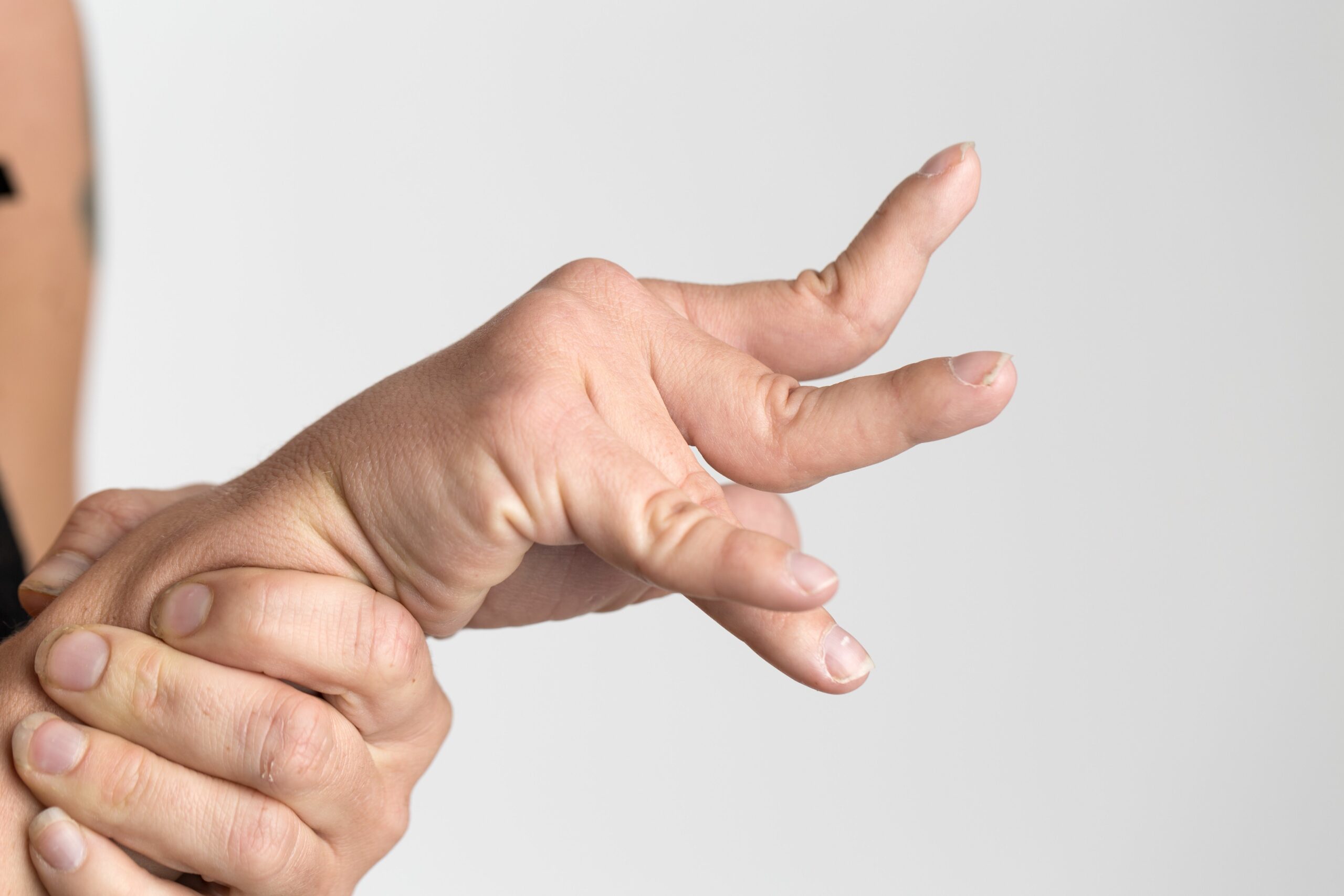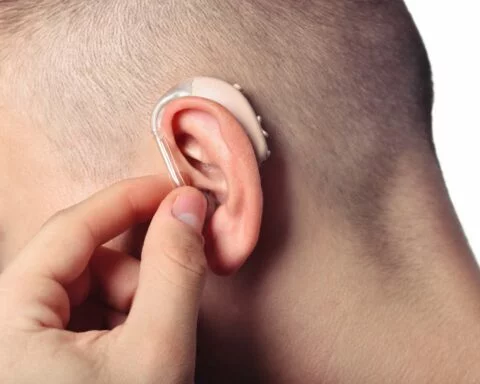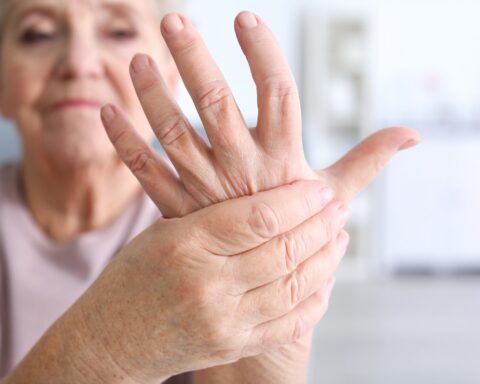Spasticity is a condition characterized by increased muscle tone and involuntary contractions of muscles, which can cause stiffness, pain, and difficulty with movement. It is commonly associated with neurological conditions such as cerebral palsy, multiple sclerosis, and spinal cord injuries. There are several treatment options available for spasticity, including medication, physical therapy, and surgery.
Medication:
Medications are commonly used to treat spasticity, and there are several different classes of drugs that can be effective. Some of the most commonly used medications include:
Baclofen:
Baclofen is a muscle relaxant that works by inhibiting the transmission of nerve signals in the spinal cord. It is commonly used to treat spasticity associated with neurological conditions such as multiple sclerosis, cerebral palsy, and spinal cord injuries. Baclofen can be administered orally, intrathecally (via a pump), or intravenously.
Tizanidine:
Tizanidine is another muscle relaxant that works by reducing the activity of nerve impulses that cause muscle spasms. It is typically used to treat spasticity associated with multiple sclerosis and spinal cord injuries. Tizanidine can be administered orally.
Diazepam:
Diazepam, also known as Valium, is a benzodiazepine medication that can be used to treat spasticity. It works by increasing the activity of the neurotransmitter GABA, which can help to relax muscles. Diazepam can be administered orally or intravenously.
Dantrolene:
Dantrolene is a muscle relaxant that works by blocking the release of calcium from muscle cells, which can help to reduce muscle contractions. It is typically used to treat spasticity associated with cerebral palsy and other neurological conditions. Dantrolene can be administered orally or intravenously.
Botulinum toxin:
Botulinum toxin, also known as Botox, is a neurotoxin that can be used to treat spasticity. It works by blocking the release of the neurotransmitter acetylcholine, which can help to reduce muscle contractions. Botulinum toxin can be injected directly into the affected muscles.
Physical therapy:
Physical therapy can also be an effective treatment for spasticity. Physical therapists can work with patients to develop an exercise program that can help to improve muscle strength, flexibility, and range of motion. They can also teach patients stretching techniques that can help to reduce muscle stiffness and improve mobility.
In addition to exercise and stretching, physical therapists can also use various techniques to help reduce spasticity. One common technique is called manual stretching, which involves using gentle pressure to stretch the affected muscles. Another technique is called proprioceptive neuromuscular facilitation (PNF), which involves using muscle contractions and relaxation to help improve muscle function.
Other physical therapy techniques that can be effective for spasticity include electrical stimulation, biofeedback, and hydrotherapy. Electrical stimulation involves using a small electrical current to stimulate the affected muscles, which can help to reduce spasticity. Biofeedback involves using sensors to measure muscle activity, which can help patients learn to control their muscle contractions. Hydrotherapy involves exercising in water, which can help to reduce the impact of gravity and allow for greater freedom of movement.
Surgery:
In some cases, surgery may be necessary to treat spasticity. There are several surgical procedures that can be effective, including:
Selective dorsal rhizotomy (SDR):
SDR is a surgical procedure that involves cutting the sensory nerve roots that are responsible for transmitting spasticity signals to the spinal cord. This can help to reduce muscle stiffness and improve mobility. SDR is most commonly used to treat spasticity associated with cerebral palsy.
- Everything You Need to Know About Pancreatitis - April 19, 2024
- NOVICA: A Journey of Empowerment and Cultural Preservation - July 29, 2023
- BocaHeal: Empowering Your Journey to Optimal Health - June 10, 2023






